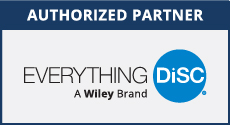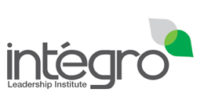Hopefully you caught our first communication about Managing Yourself During a Crisis. As promised, we are providing some helpful guidance on how to Manage Others. One key is to increase the quality and quantity of your conversations.
By now, you have heard someone say that fear is as dangerous as the virus itself as they urge people to stay calm and not panic. In a work setting, rumors, misinformation, and all kinds of worst-case speculation can spread as quickly as a virus. Now more than ever, it is important to overcommunicate with clarity and compassion. Here are some tips to uplevel the quality and quantity of your communications.
First, be authentically human and communicate with transparency.
When internal and external clients—your stakeholders—have confidence in your motives and commitment, they’ll respond in kind. The most important catalyst in a time of crisis is a trust in the word of the leader and the actions they take.
Harvard Novartis Professor Amy C. Edmondson, author of The Fearless Organization: Creating Psychological Safety in the Workplace for Learning, Innovation, and Growth (Wiley, 2019) says,
“Transparency doesn’t happen without psychological safety: a climate in which people can raise questions, concerns, and ideas without fear of personal repercussion.”
Ensure you have a strong, two-way communication system in place as we navigate through this time of crisis.
Second, increase the quantity and quality of your meetings.
- Frame the Meeting – the purpose of this meeting is…have one clear, focused purpose…
- Describe Current Reality – “The present situation is…”, “What I know is”…, ”What I don’t know” is…”
- Practice Self-Disclosure – “My own thoughts are”, “I’m hopeful about”…, ”I’m concerned about”… This is the time to be confident AND transparent to build vulnerability-based TRUST!
- Specify Clear Outcomes – “What we want is…”, “How we’re going to do it is”…,”Why we’re doing it is”…,”Who it will affect and how is…”
Third, put a Crisis-Management Team in place.
The purpose of this team is to oversee all communications. At a minimum, messages should be reviewed and verified by the team to ensure that they are consistent with current policies in all areas. Some policies may need to be revisited and rewritten for today’s environment.
What do you think? How are you ramping up the quality and quantity of communications? We would love to hear from you. I can be reached at 404-327-6330 (W) or at 678-637-8977 (M). Please post your best practices and suggestions here and/or on Linked In, Facebook, and Twitter. We truly are in this together so let us know how we can help!











